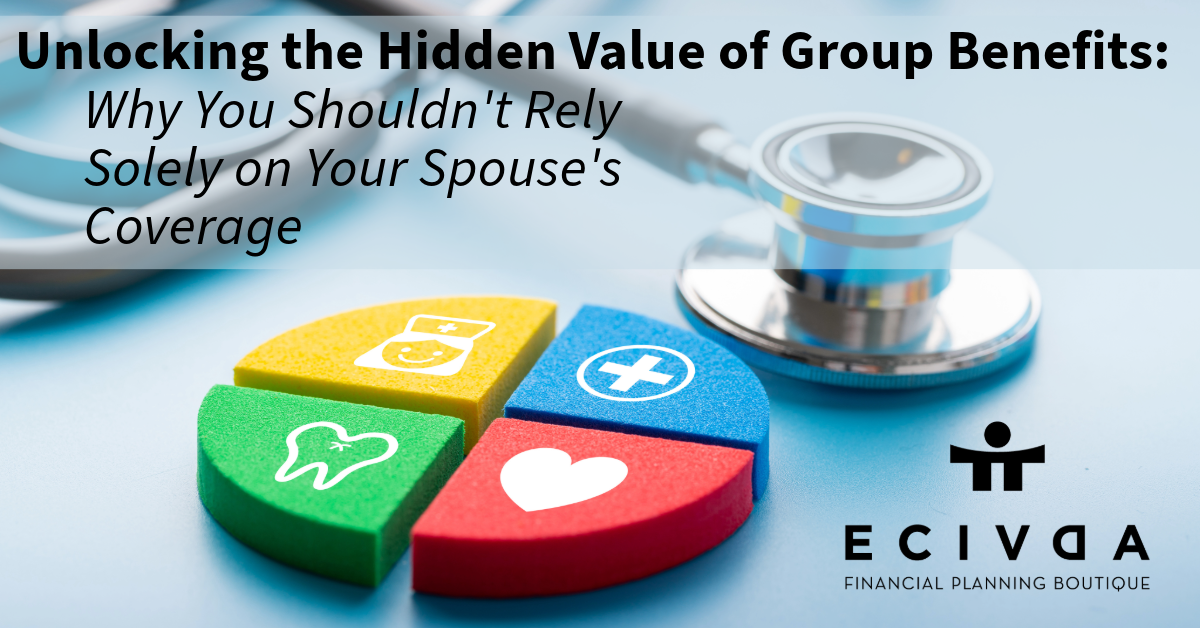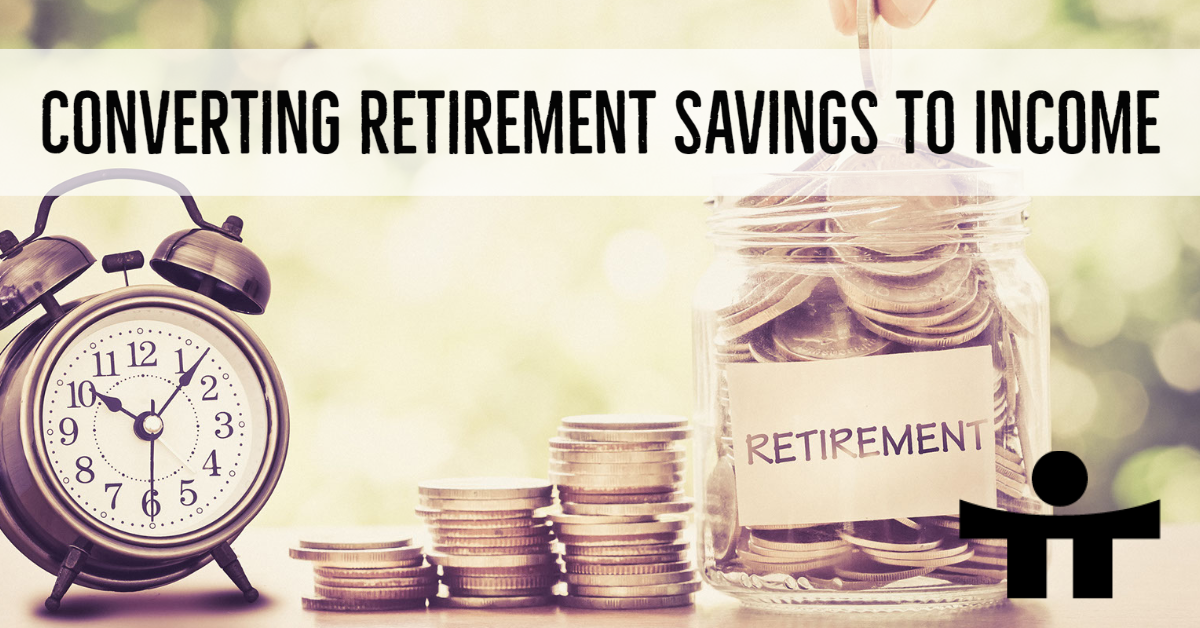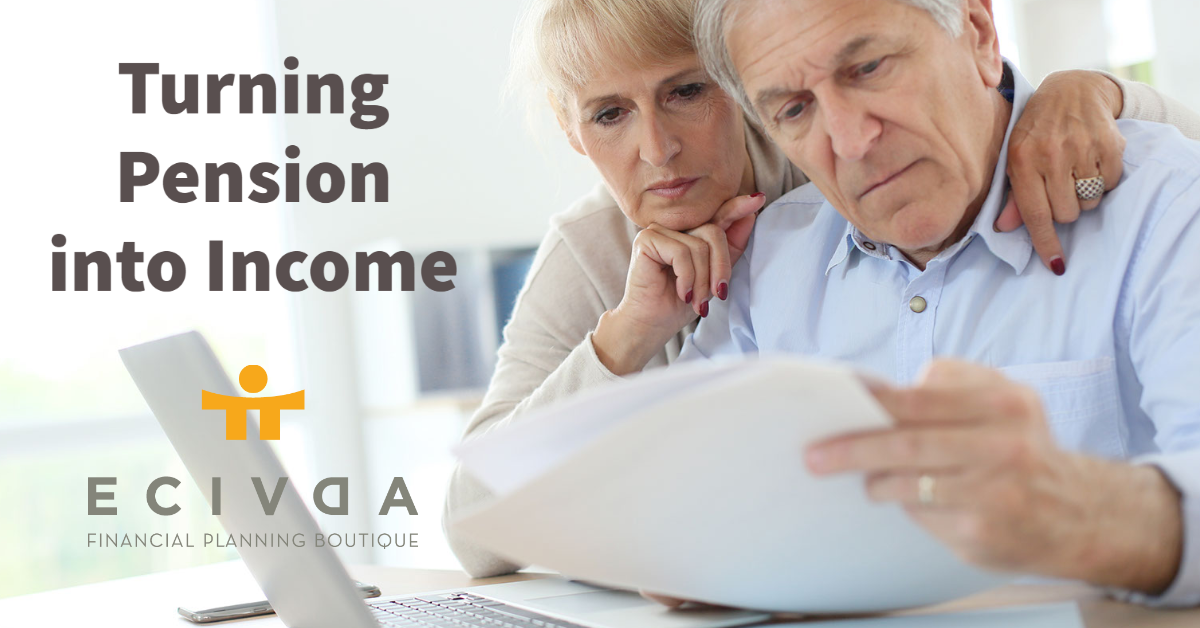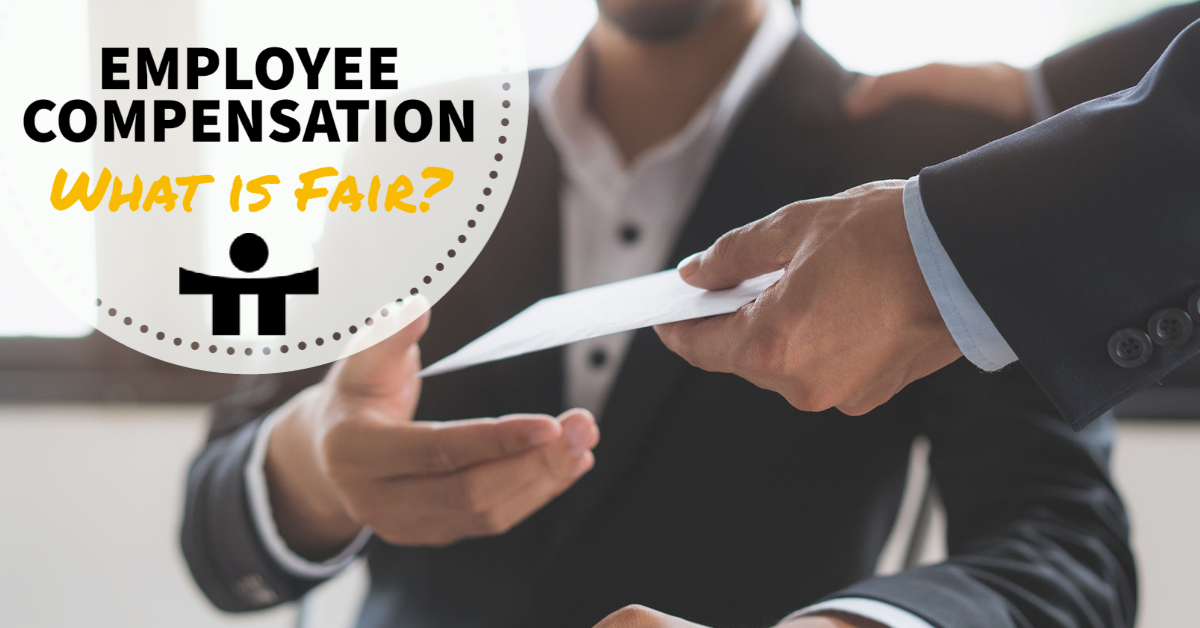Unlocking the Hidden Value of Group Benefits: Why You Shouldn’t Rely Solely on Your Spouse’s Coverage
By: Brian P. Adams CLU. CH.F.C 
Many employees opt-out of their health and dental benefits because they are listed on their spouse’s benefits plan. After all, why bother with additional group benefits if you’re already covered, right? Wrong. Beneath this assumption lies an oversight that could leave you vulnerable in times of need.
While your partner’s plan may offer a safety net for routine health and dental expenses, it does leave you open for potential financial risks. Here’s why:
- Firstly; relying solely on your spouse’s benefits means neglecting critical protections like Long Term Disability (LTD). Your partner’s employer can’t extend LTD coverage to you, as it’s contingent upon direct employment—a fundamental requirement you don’t fulfill.
- Secondly; the life insurance component of your spouse’s plan might offer a modest cushion, typically ranging from $5,000 to $10,000. While this might suffice for some, it pales in comparison to the comprehensive coverage you could secure through your own group benefits.
- Thirdly; if, for any reason, your spouse loses their coverage, you are going to have a problem. Most plans allow for all members to come onto the plan no questions asked at the time it is set up or when they are first hired. Attempting to secure coverage through your employer’s plan later is either disallowed or exceedingly difficult to qualify for.
Why subject yourself to such uncertainty? The answer is clear: secure your financial safety net by enrolling in your own group benefits plan for life and disability coverage. By doing so, you not only safeguard yourself against unforeseen hardships but also ensure seamless access to health and dental benefits through your employer, should the need arise.
Remember, the foundation of financial security lies in proactive planning. Don’t gamble with your future. Invest in your well-being today, and rest assured that you’ve built a shield against life’s uncertainties.



